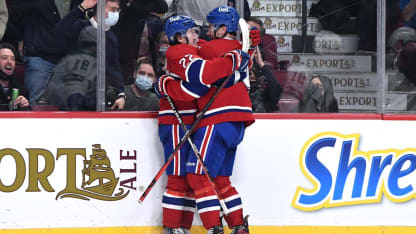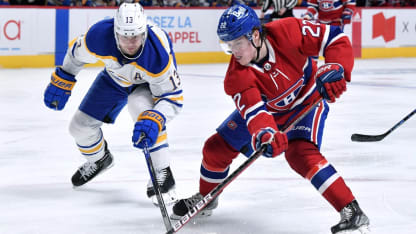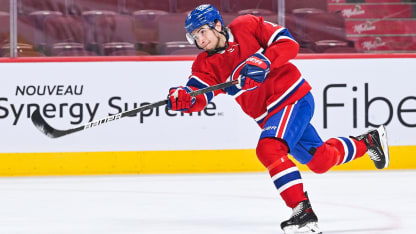Most shots will be stopped or blocked, which, in turn, leads to rebound opportunities. The key is anticipating an extended play beyond the initial shot.
"Even if he doesn't score, he's going to create a rebound or another high-level scoring opportunity for himself," said Turk. "He's going straight to the target. It's perfect. Suzuki is such a smart player, you see it on every play."
Suzuki uses his foresight and intelligence to not only anticipate and adapt to the coverage from the opposing defenders, he's also in a perfect position to capitalize on any opportunity that may arise.
There are certain characteristics that the next generation of NHL snipers tend to share; talent, anticipation, proper hip and shoulder position, a penchant for disguising their release, an attention to detail, and most importantly, a never-ending thirst for improvement.
It's a lot to process, which puts an onus on the player's ability to parse information while also making sure their natural talent is at the forefront of their decision-making.
Fortunately for Canadiens fans, when it comes to putting all the pieces of the sniper puzzle together, they'll have two excellent examples on display for the foreseeable future.





